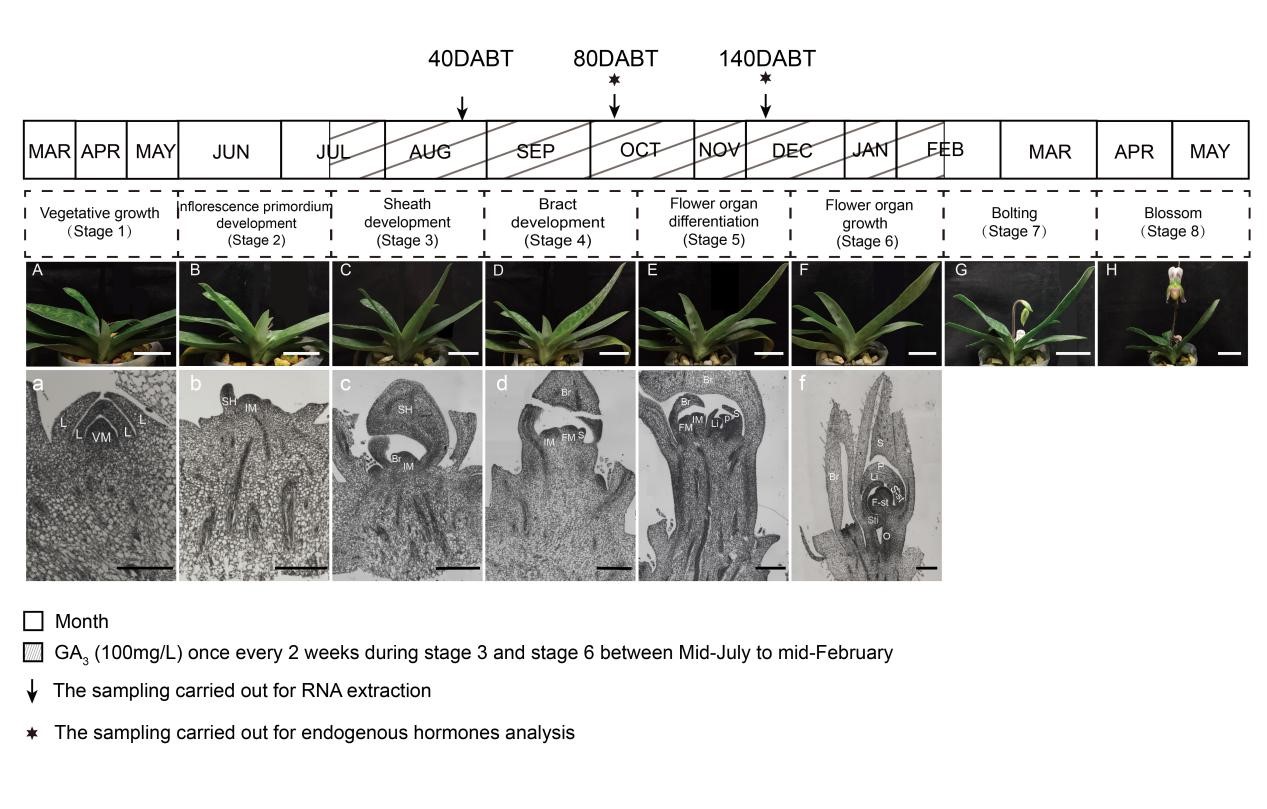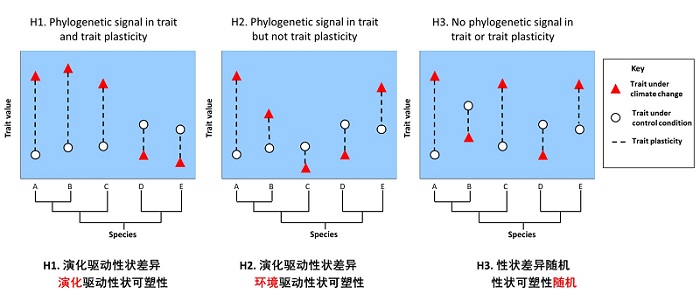News
-
2022-07-12Second national botanical garden opens in GuangzhouChina ' s second national botanical garden opened on Monday in Guangzhou , Guangdong province , after the country ' s first was unveiled in Beijing in April .It is home to about 17000 taxa of conservation plants away from their natural habitats , including 643 rare and endangered plants , and 337 wild plant species on national key protection lis... chinadaily.com.cn | Updated: 2022-07-11Read More
The South China National Botanical Garden in Guangzhou, Guangdong province. [Photo/CCTV News]
China's second national botanical garden opened on Monday in Guangzhou, Guangdong province, after the country's first was unveiled in Beijing in April.
Built on the current South China Botanical Garden... -
2022-07-12National botanical garden opens in GuangzhouThe South China National Botanical Garden was officially inaugurated in Guangzhou , Guangdong province , on Monday . [ Photo provided to chinadaily . com . cn ].China ' s national botanical garden system will help protect rare plants and ensure diversity , according to a statement released by the garden in Guangzhou on Monday . China is among th... By Zheng Caixiong in Guangzhou | chinadaily.com.cn | Updated: 2022-07-11Read More
The South China National Botanical Garden was officially inaugurated in Guangzhou, Guangdong province, on Monday. [Photo provided to chinadaily.com.cn]
The South China National Botanical Garden was officially inaugurated after an unveiling ceremony on Monday in Gua... -
2022-07-12South China National Botanical Garden, a paradise for plant diversity2022 - Jul-11 ? ? ? ? ? Source : ? newsgd . comChina ' s second national botanical garden — South China National Botanical Garden — was officially inaugurated in Guangzhou on July.Including 6000 species of economic plants . 95% of rare and endangered species in South China will be effectively ex-situ conserved , providing original plant ... 2022-Jul-11 Source: newsgd.comRead More
China's second national botanical garden—South China National Botanical Garden—was officially inaugurated in Guangzhou on July 11.
With a planned area of 319 hectares and 17,168 species of ex-situ protected plants, the national botanical garden features scientific botanical research, ex-situ conserv... -
2022-06-20Diversity and species-specificity of brood pollination of leafflower trees (Phyllanthaceae: Glochidion) by leafflower moths (Lepidoptera: Epicephala)Instruction of Prof . Luo Shixiao , Prof . David H . Hembry and Dr . Gang Yao , Pisal.Mutualism stability in plant-insect interactions in this biodiversity hotspot .Areas which are five Glochidion species distributed . Under the instruction of Prof. Luo Shixiao, Prof. David H. Hembry and Dr. Gang Yao, Pisal Chheang is a Cambodian graduated master student in field of botany and the first person who reported the first detail information of pollination system of species-specificity of brood pollination of leafflower tree (Glochidion) by leafflower moths (Epicepha...Read More
-
2022-05-12SCBG made progress in the regulation of the flowering of PaphiopedilumApical bract that fails to develop further once the dominant flower is opened .Were able to explore the whole development process of P . callosum buds , from vegetative to reproductive growth ( Fig .Study provides insight into mechanisms regulating flower development of P .Work has been published online in Horticulture Research ( if = 6.793 ) , ... Paphiopedilum orchids have a high ornamental value. However, studies on flower development regulation and the molecular mechanism behind are lacking. Most popular species of Paphiopedilum sold on the market will display one flower. All such one-flowered species have an additional flower bud in the apical bract that fails to develop further once ...Read More
-
2022-05-06Can evolutionary history predict plant plastic responses to climate change?Plant plastic responses are critical to the adaptation and survival of species under climate change , but whether they are constrained by evolutionary history ( phylogeny ) is largely unclear .Plant leaf traits are key in determining plants ’ performance in different environments , and if these traits and their plasticity are phylogenetically d...Read More
Plant plastic responses are critical to the adaptation and survival of species under climate change, but whether they are constrained by evolutionary history (phylogeny) is largely unclear. Plant leaf traits are key in determining plants’ performance in different environments, and if these traits and their plasticity are phylogenetically d... -
2022-04-29New progress on phylogenomic study of FagaceaYet to be sufficiently described across Fagaceae .Phylogenetic relationships and divergence time estimation of Fagaceae .Read More
Northern Hemisphere forests changed drastically since the early Eocene due to global climate change. Central to the floristic replacement with significant ecological consequence are the roughly 900 species currently recognized within Fagaceae (oak, beech, chestnut, stone oak). Fossils of modern Fagaceae are well represented in the Northern ... -
2022-04-29The effect of nature exposure, nature connectedness on mental well-being and ill-being in a general Chinese populationDisease burden .Thus , pro-mental health infrastructure and intervention are imperative .Contacts ) could reduce the incidence of mental illness and enhance mental well-being .Relationship is largely unknown .Connectedness is recommended to achieve the related psychological benefits . The lifetime prevalence of various mental disorders among Chinese population has reached up to 16.6%. The burden of mental disorders ranked the second in the overall disease burden. Thus, pro-mental health infrastructure and intervention are imperative. A large body of evidence shows that greenspace exposure (the amount of nature contacts) could...Read More




